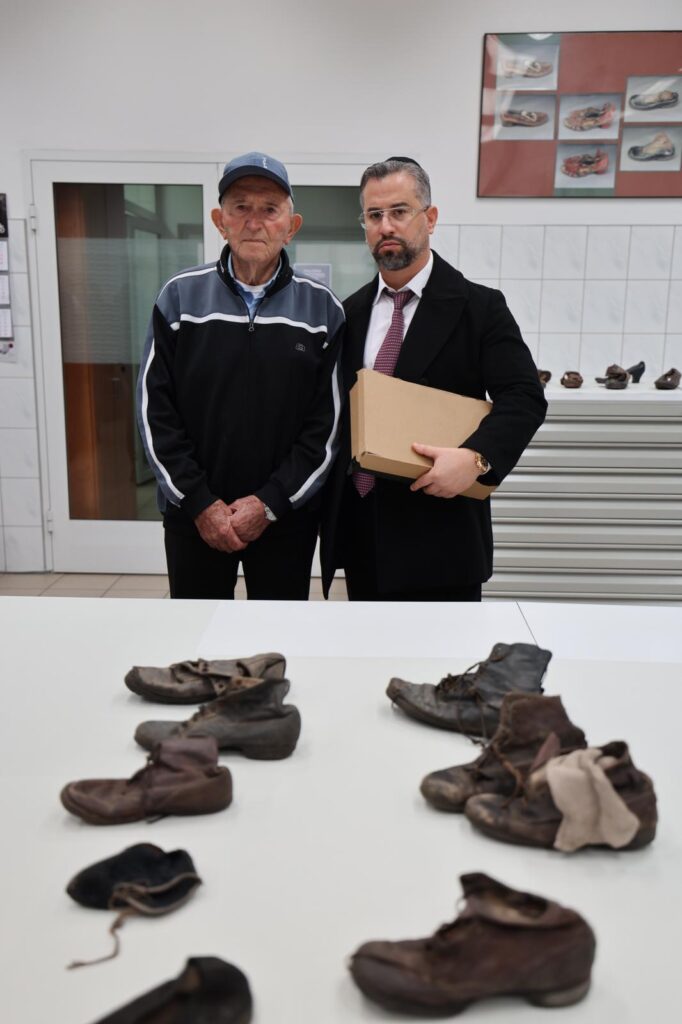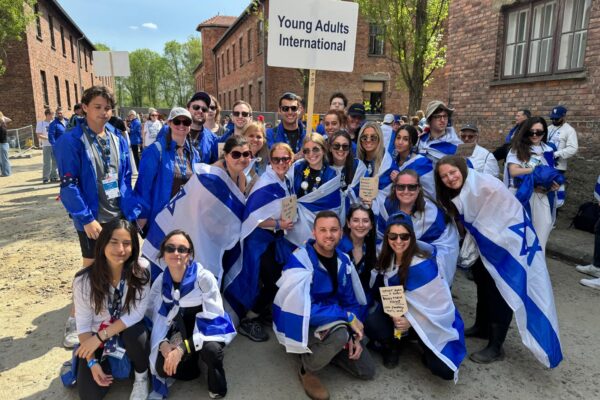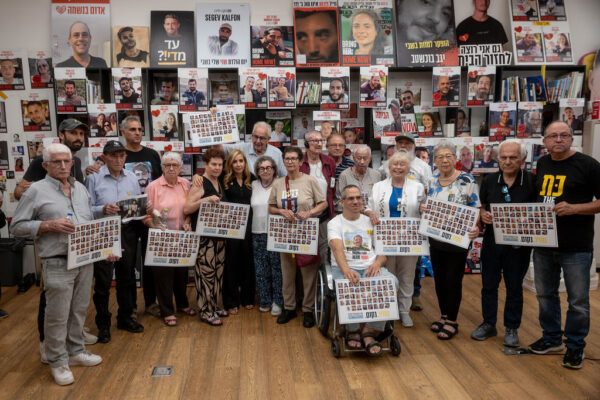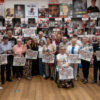Over 3,000 of 8,000 shoes of children murdered in Auschwitz return to display, following the conservation process
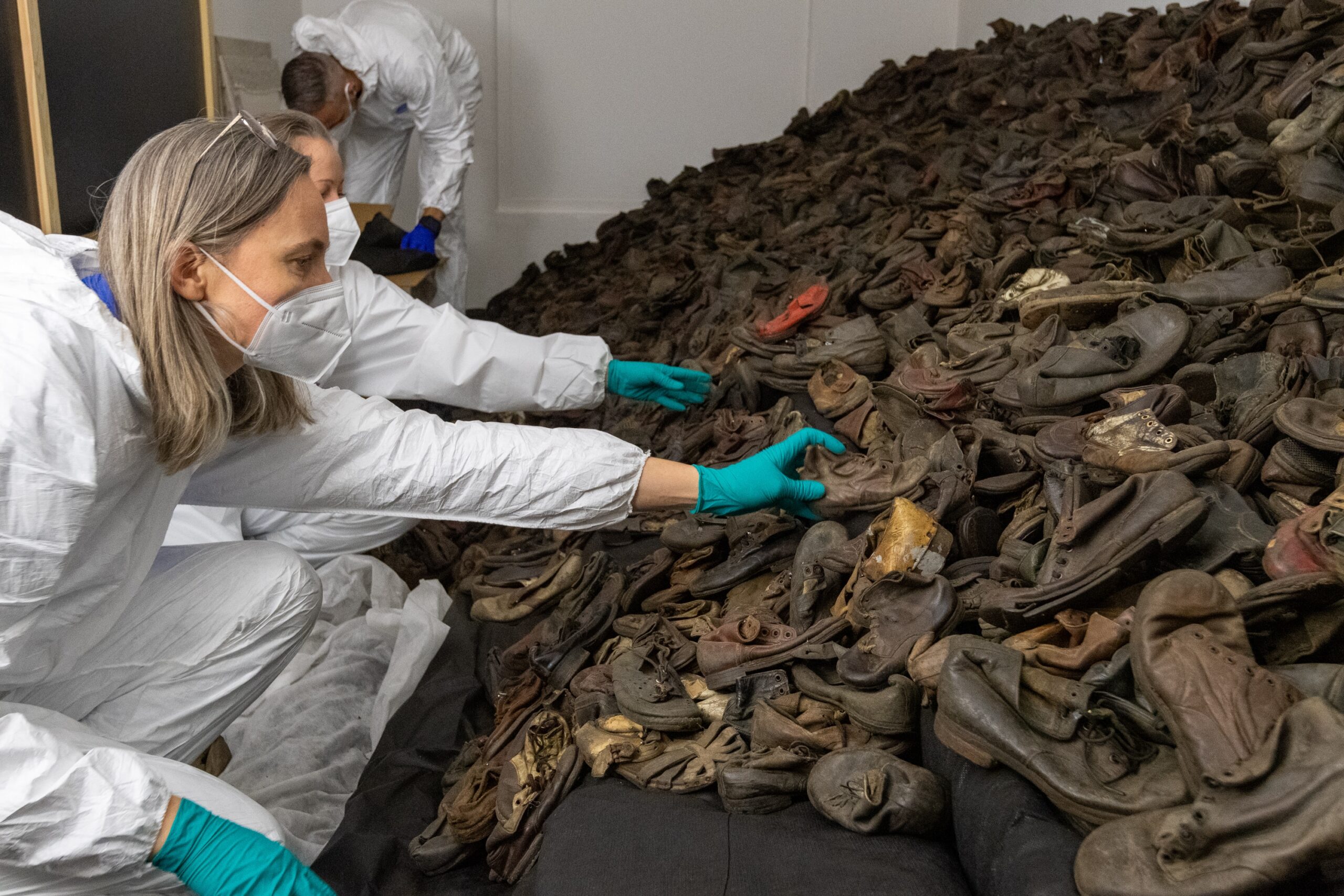
The Auschwitz Memorial, the Auschwitz-Birkenau Foundation, and the International March of the Living announced today that, following more than a year of conservation work at the Auschwitz Museum Conservation Laboratories, over 3,000 of approximately 8,000 shoes belonging to children murdered at the Nazi German concentration and extermination camp of Auschwitz-Birkenau are now again on display for the public to view.
In September 2023, the Auschwitz-Birkenau Foundation issued a call to raise half a million dollars for the conservation of children’s shoes, which desperately needed conservation in order to be preserved for future generations. The International March of the Living organization, which has been conducting Marches of the Living between the former Auschwitz I and Birkenau sites since 1988, took on the mission out of its commitment to Holocaust remembrance and education and launched an international campaign to raise the necessary funds.
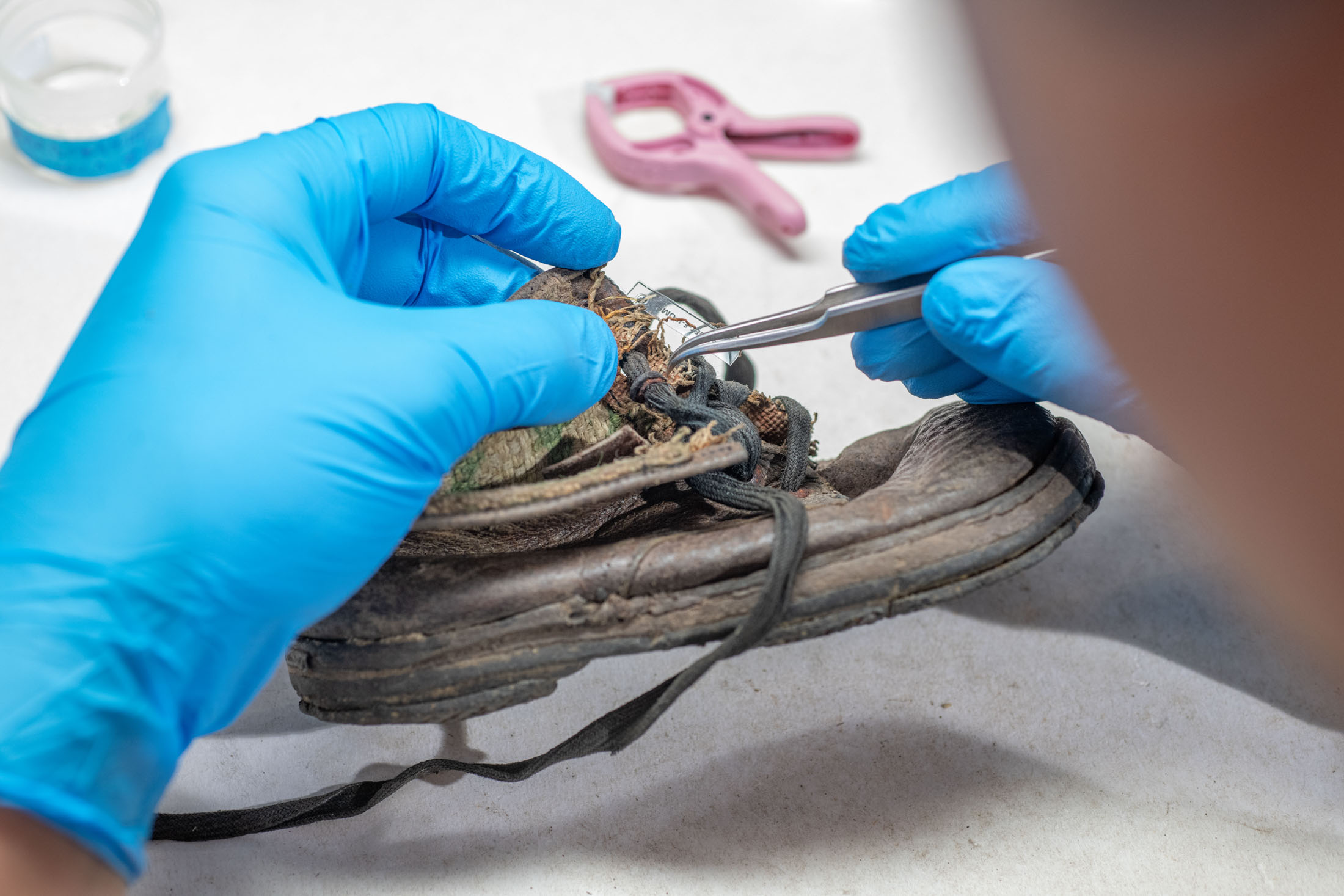
The required amount was reached within a few months, with thousands contributing to the campaign, including Eitan Neishlos, founder and president of the Neishlos Foundation and a third-generation Holocaust survivor, who made the initial major contribution to kickstart the conservation project. The general public, both in Israel and abroad, contributed thousands of dollars, and businesses such as Discount Bank made significant contributions. The largest single donation, which completed the fundraising project, was generously given by Mati Kochavi, creator of the “Eva.Stories” project, along with his daughter Maya Kochavi.
Dr. Shmuel Rosenman, Chair, and Phyllis Greenberg Heideman, President, of the International March of the Living said: “The initiative to conserve the shoes of children murdered in Auschwitz is a historic project that is crucial for preserving the evidence of Nazi German crimes during the Holocaust. It also has educational importance, allowing active participation in preserving the memory of children who were brutally murdered. We, who march every year in their memory along the path of death they walked, have been privileged to involve many in this project and ensure the preservation of the children’s shoes for another hundred years.”
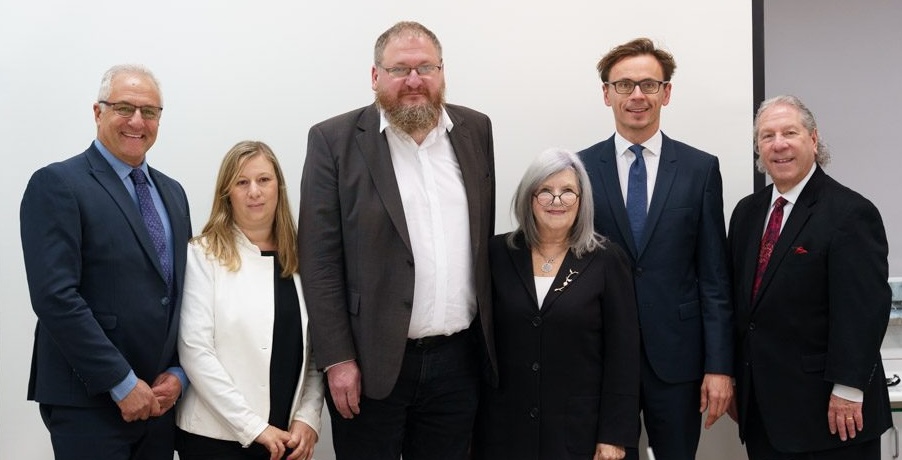
Piotr Cywiński, Director of the Auschwitz Museum, said: “The tragedy of the more than 200,000 children murdered at KL Auschwitz seems to represent the darkest area of the history of this extermination center. This is where all the innocence, trust, helplessness, and goodness of children are juxtaposed with the ruthlessness of the German Nazi murderers. This is the apex of crimes of an ideology built on hatred. Very often the only thing left of these children are the shoes. And just as every human step leaves a mark, so these shoes remain today the footprints of child victims.”
Wojciech Soczewica, Director General of the Auschwitz-Birkenau Foundation said: “This collaboration has strengthened our bonds and will, hopefully soon, lead to other projects, including the area of education of young generations. Saving the shoes of the youngest victims of the crimes of Auschwitz is possible thanks to the financial support of the International March of the Living, Next Generations to Holocaust and Heroism in Israel and other major donors, some of whom decided to stay anonymous. A significant part of the project budget comes from the Foundation Perpetual Fund, providing yet another preservation objective to our unique mission.”
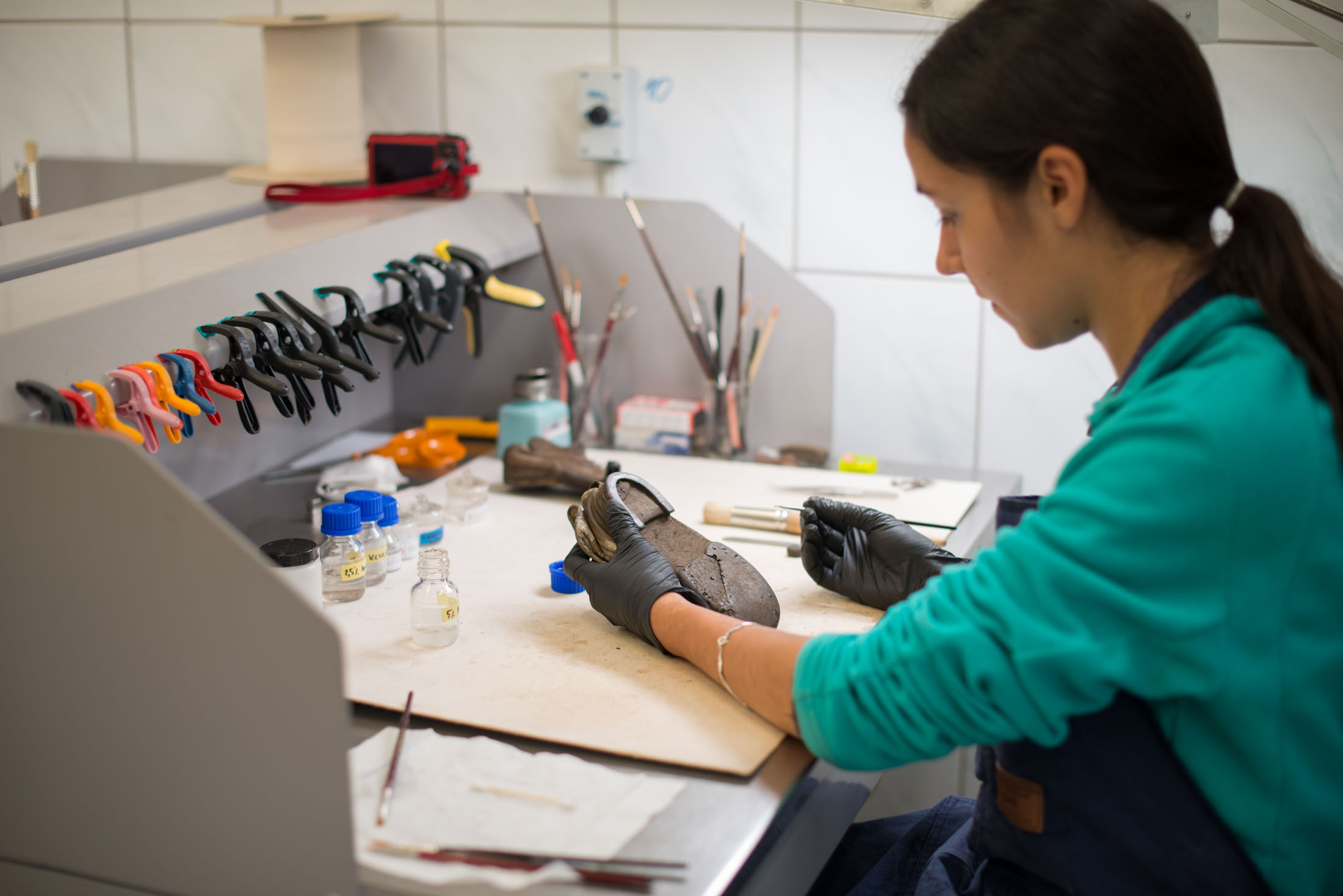
Holocaust survivors Arie Pinsker and Naftali Furst, who were imprisoned in the camp as children and participated in the death marches, arrived last year to the Auschwitz conservation lab to launch the project. They were very moved to hear about the progress and thanked the public for their involvement in preserving the evidence of Nazi crimes.
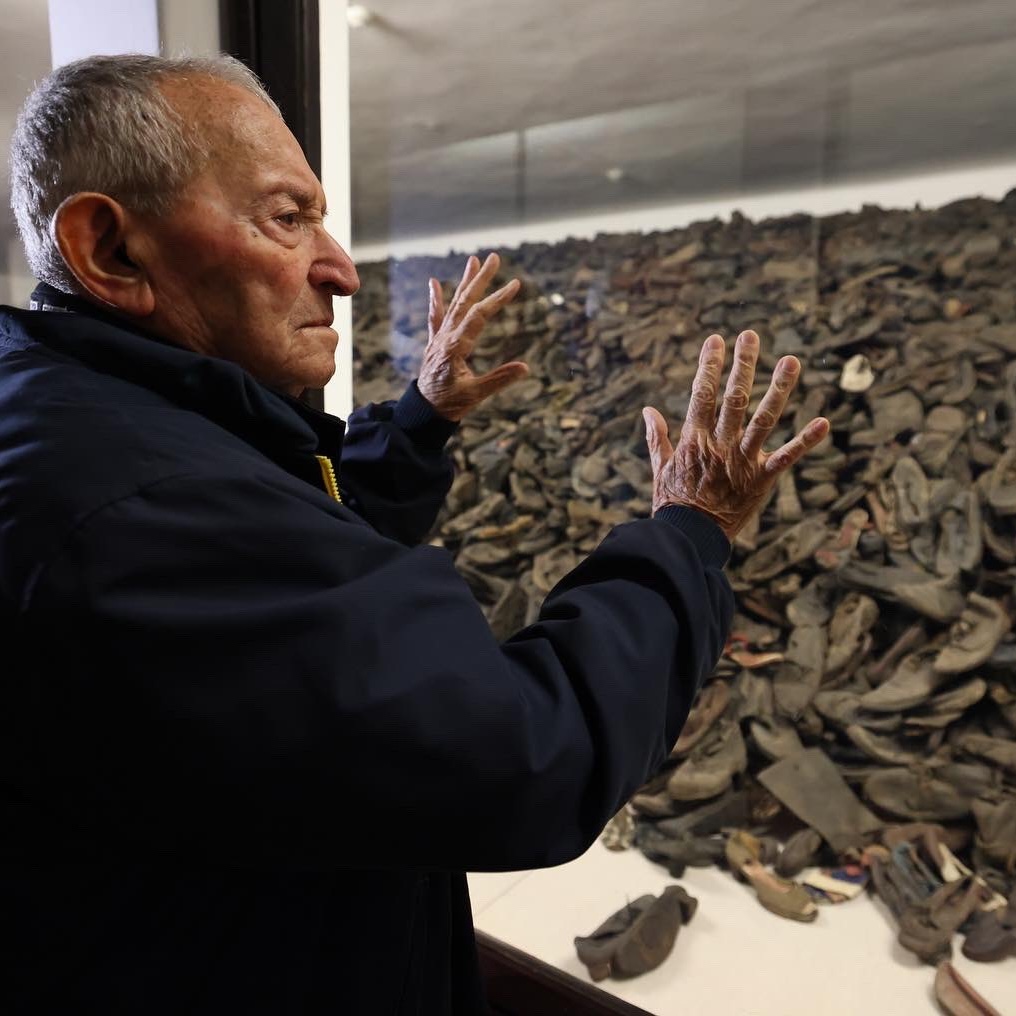
ARIE PINSKER
“This is a full circle moment. When I stood in front of the mountain of shoes at the Auschwitz Memorial, holding the crumbling children's shoes, I thought of my family who were murdered there and of all the innocent children brutally killed by the Germans in the Holocaust. We must preserve their memory forever.”
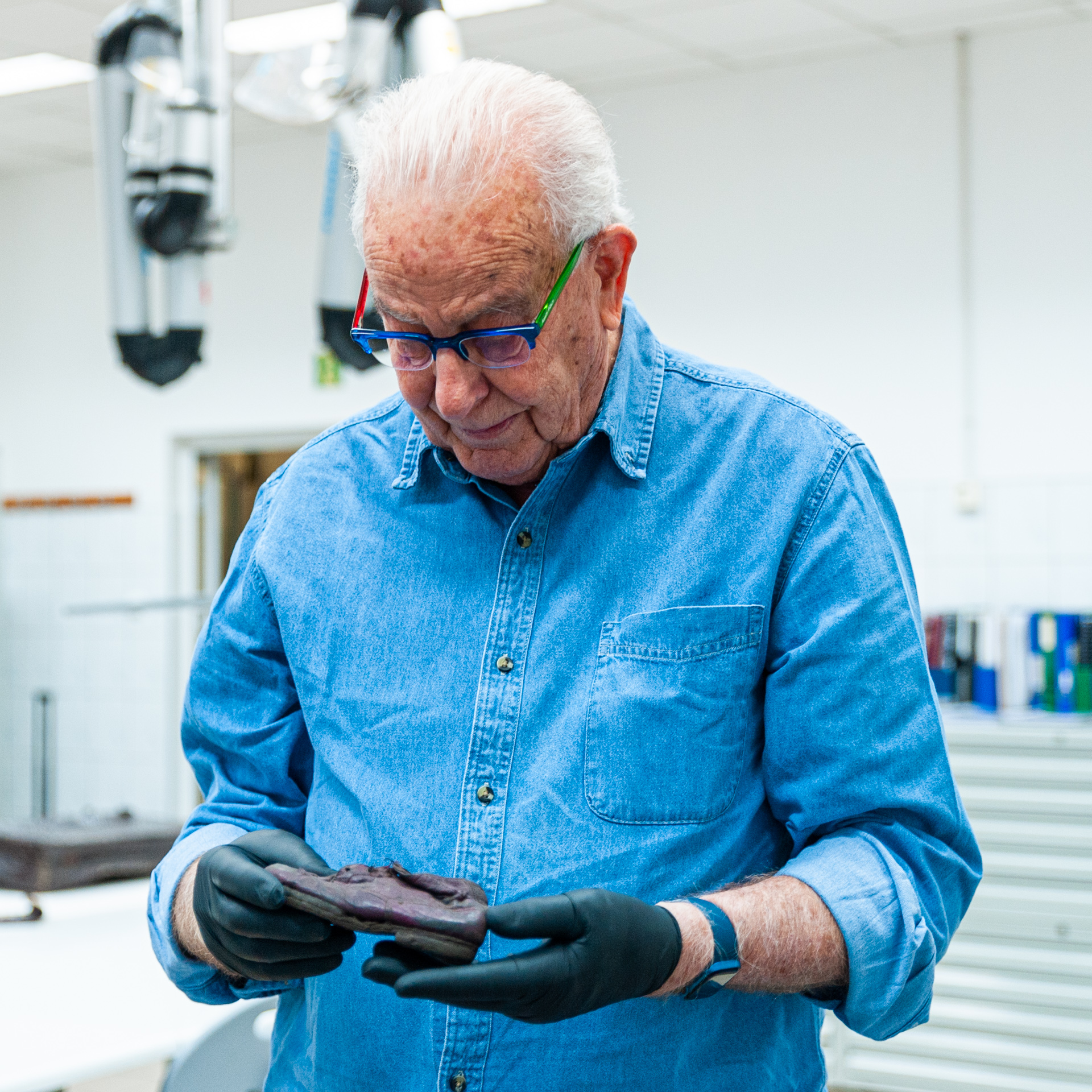
NAFTALI FURST
“I want to express my utmost gratitude to everyone who is involved in this sacred project to preserve the memory of the children and ensure that this evidence of Nazi crimes remains forever. I will forever be grateful that I took part in this effort.
“Preserving the last remaining evidence of the children who were murdered at Auschwitz has even more meaning today, as the Jewish people around the world experience rampant antisemitism. We must all come together to make sure that no one will be able to deny or distort the horrors the Jewish people endured in the Holocaust.”
Eitan Neishlos, third-generation Holocaust survivor and philanthropist with Arie Pinsker at the Auschwitz Conservation Lab
